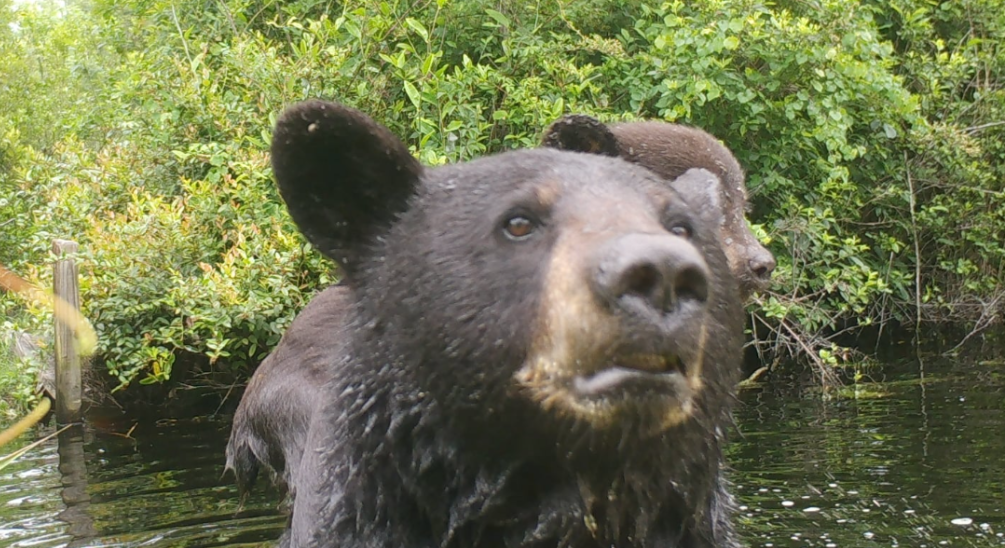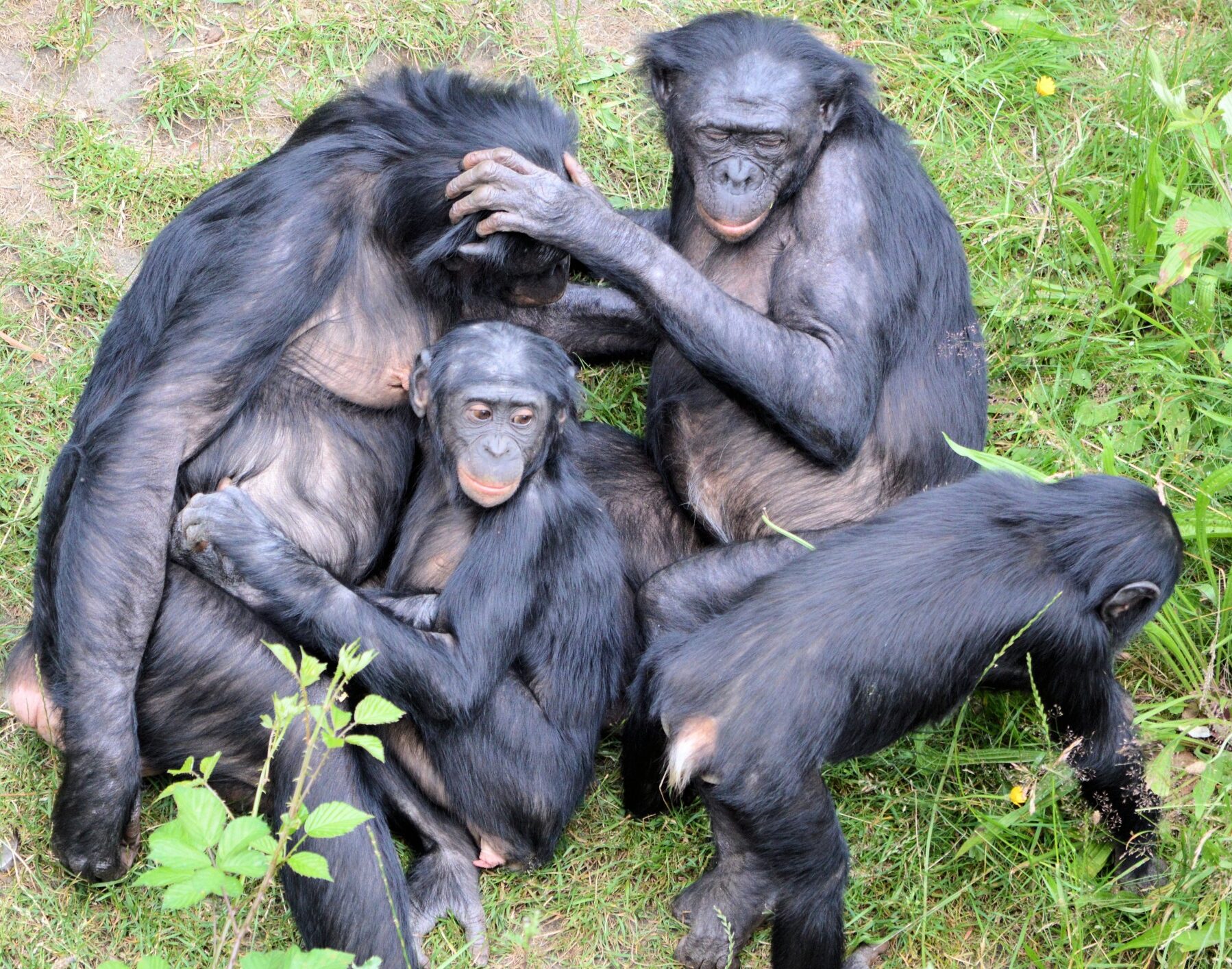Using remote trail cameras, the U.S. Fish and Wildlife Service has been capturing the hidden lives of wildlife. The candid images of bobcats, black bears, and elusive owls reveal fascinating behaviors while keeping human disturbance to a minimum.

Great Horned Owl: Nighttime Ninja
A great horned owl at Great Bay National Wildlife Refuge shows off its hunting prowess. Using abandoned hawk nests or tree cavities, these owls defend their winter eggs fiercely. Their offset ears and facial feathers help pinpoint prey by sound. Massive eyes make them masters of night vision.

Bobcat: Suburban Surprise
A bobcat prowling Silvio O. Conte National Fish and Wildlife Refuge proves these wild cats are adaptable. Twice the size of house cats, they can sprint up to 30 mph and are expert. Despite their stealth, they’re North America’s most abundant wild feline, sometimes even exploring backyards and local parks.

Great Blue Heron: Master of Stealth
A great blue heron was caught mid-hunt at Occoquan Bay National Wildlife Refuge in Virginia. This North American native, with a wingspan stretching over 6 feet, weighs just 5-6 pounds thanks to hollow bones. Though often seen stalking wetlands for fish, frogs, or snakes, it occasionally ventures into grasslands and fields to look for grub.

Fisher Cat: The Misnamed Predator
Don’t let the nickname “fisher cat” fool you. This Moosehorn National Wildlife Refuge resident doesn’t fish. And it’s not even a cat! Part of the weasel family, fishers hunt porcupines and snowshoe hares, supplementing their diet with berries and mushrooms. Solitary by nature, they only socialize to mate.

Coyote: Family Hunter
Coyotes at Occoquan Bay National Wildlife Refuge are rarely seen but often heard. These intelligent animals form tight family groups, using teamwork to hunt. Researchers have identified at more than 10 distinct vocalizations, making them North America’s most talkative wild mammals.

Black Bear: Swamp Splasher
A trail camera at Great Dismal Swamp National Wildlife Refuge captured black bears cooling off in a ditch. These resourceful omnivores climb trees with ease thanks to their short claws. They use their keen sense of smell to sniff out meals. But they’re not that picky, eating anything from meat to bugs to roots and berries.
Trail cameras aren’t just for stunning snapshots. They provide critical data for protecting habitats and species. This tech lets humans learn without intruding, ensuring wildlife thrives for generations.








